Bountiful Harvest: Preserving Pears with Bottling and Dehydrating
When life gives you pears, why stop at just enjoying them fresh?
With a little bit of effort and creativity, you can transform these succulent fruits into delightful treats that will last for months to come. Recently, my husband stumbled upon a bounty of 240 lbs of pears for a mere $50, and we wasted no time in putting them to good use. Join us on our journey as we share our experience of bottling and dehydrating these pears, with plenty of inspiration for your own pear-preservation adventures.
Recipe: Wholesome Delights: Homemade All-Natural Dehydrated Fruit
Ingredients:
- - Fresh pears (as many as you have or can acquire)
- - Water
- - Lemon juice (optional, for preventing browning)
Equipment:
- - Water bath canner
- - Canning jars with lids and bands
- - Dehydrator (optional)
- - Large pot
- - Knife
- - Cutting board
- - Ladle
- - Timer
Recipe: Embracing the Sweetness of Prickly Pear: A Journey of Love, Gardening, and Homemade Jelly
Instructions:
1. Wash and Prepare the Pears:
- Start by washing the pears thoroughly under cool running water to remove any dirt or debris. Pat them dry with a clean kitchen towel.
- If desired, you can peel the pears using a vegetable peeler or leave the skin on for added texture and nutrients. Core and slice the pears into your preferred size and shape, removing any seeds or tough parts.
2. Bottling Pears:
- In a large pot, prepare a light syrup by combining 6 cups of water with 3 cups of granulated sugar. Heat the syrup over medium heat until the sugar is fully dissolved, stirring occasionally.
- Pack the prepared pear slices into clean, hot canning jars, leaving about 1/2 inch of headspace at the top of each jar.
- If desired, you can add a splash of lemon juice to each jar to help prevent browning of the pears.
- Pour the hot syrup over the pears in each jar, maintaining the 1/2 inch headspace. Use a clean, non-metallic tool to remove any air bubbles and adjust the headspace as needed.
- Wipe the jar rims clean with a damp cloth to ensure a good seal, then place the lids and bands on the jars.
Recipe: DIY Delight: How to Make Your Own Brown Sugar at Home
3. Water Bath Canning:
- Place the filled jars into a preheated water bath canner, ensuring that they're fully submerged with at least 1-2 inches of water covering the tops of the jars.
- Bring the water to a gentle boil and process the jars for 20-25 minutes, adjusting the processing time for your altitude if necessary.
- Once the processing time is complete, carefully remove the jars from the canner using jar lifters and place them on a clean towel or wire rack to cool.
4. Dehydrating Pears:
- For dehydrating, arrange the remaining pear slices in a single layer on the trays of your dehydrator, ensuring that they're not touching or overlapping.
- Set the dehydrator to a temperature of around 135°F (57°C) and allow the pears to dry for 8-12 hours, or until they're leathery and slightly pliable.
- Check the pears periodically during the drying process and rotate the trays if necessary to ensure even drying.
5. Enjoy Your Preserved Pears:
- Once the bottling and dehydrating processes are complete, store your preserved pears in a cool, dark place away from direct sunlight.
- Bottled pears can be enjoyed straight from the jar as a tasty snack or used in pies, cobblers, and other desserts.
- Dehydrated pears make a delicious addition to trail mixes, oatmeal, or as a standalone snack.
With 75 quarts of bottled pears and a batch of dehydrated slices ready to enjoy, our family of four is well-prepared to savor the flavors of this bountiful harvest for months to come.
And as we eagerly anticipate tackling the remaining 50 lbs of pears tomorrow, one thing's for certain: there's no shortage of creative ways to make the most of nature's bounty.

.png)



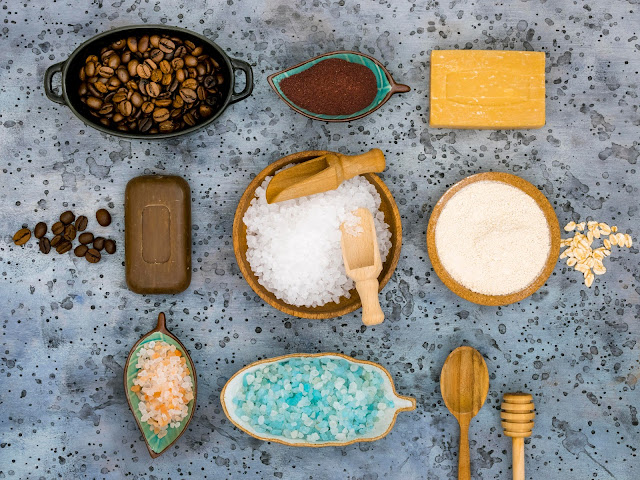

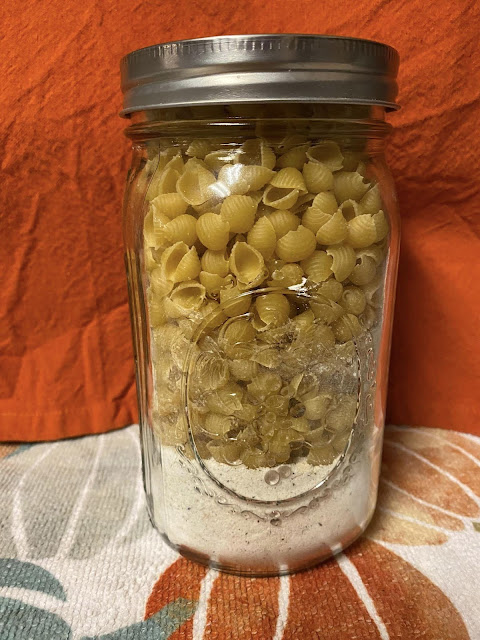




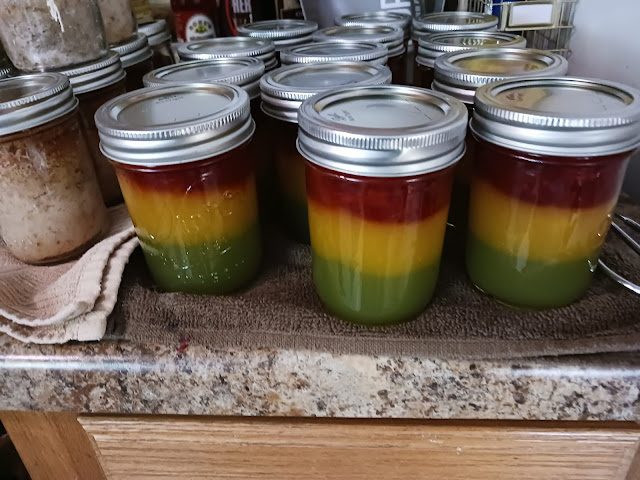

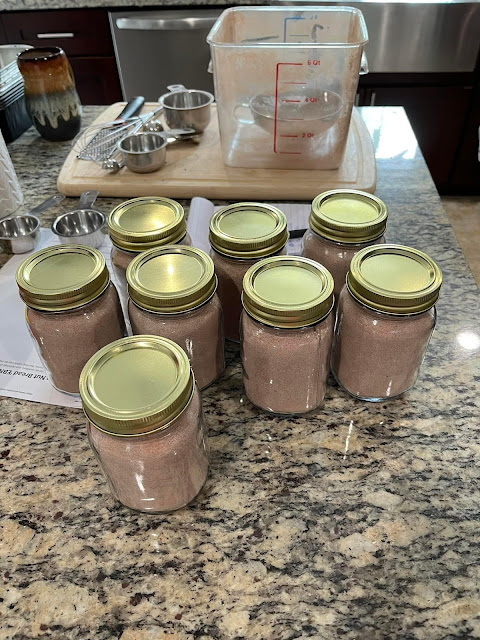
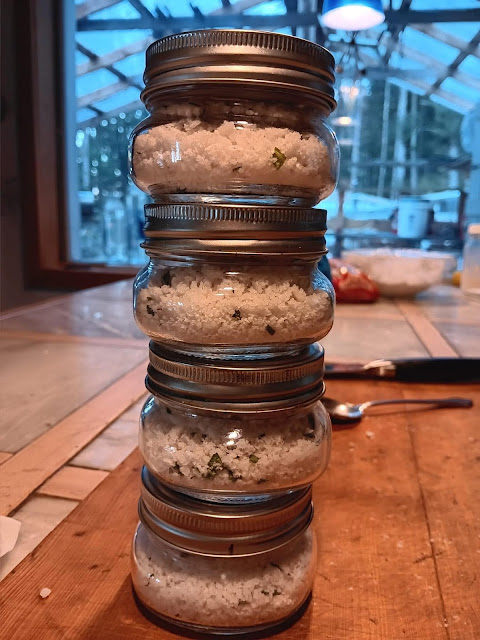
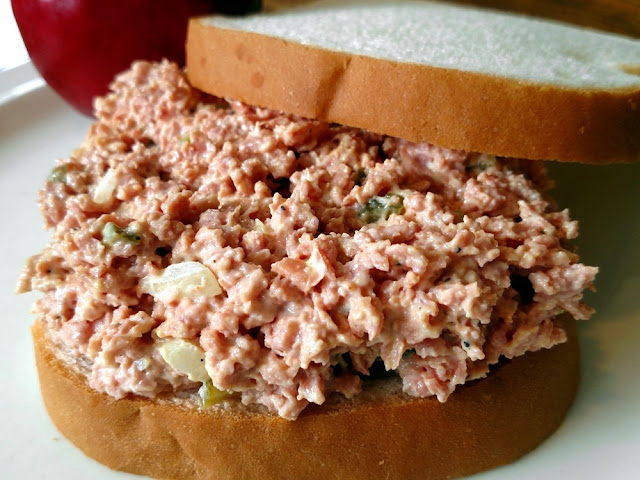

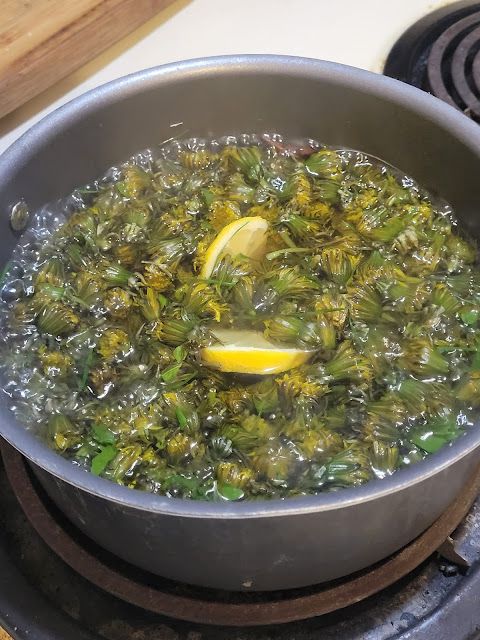

Comments